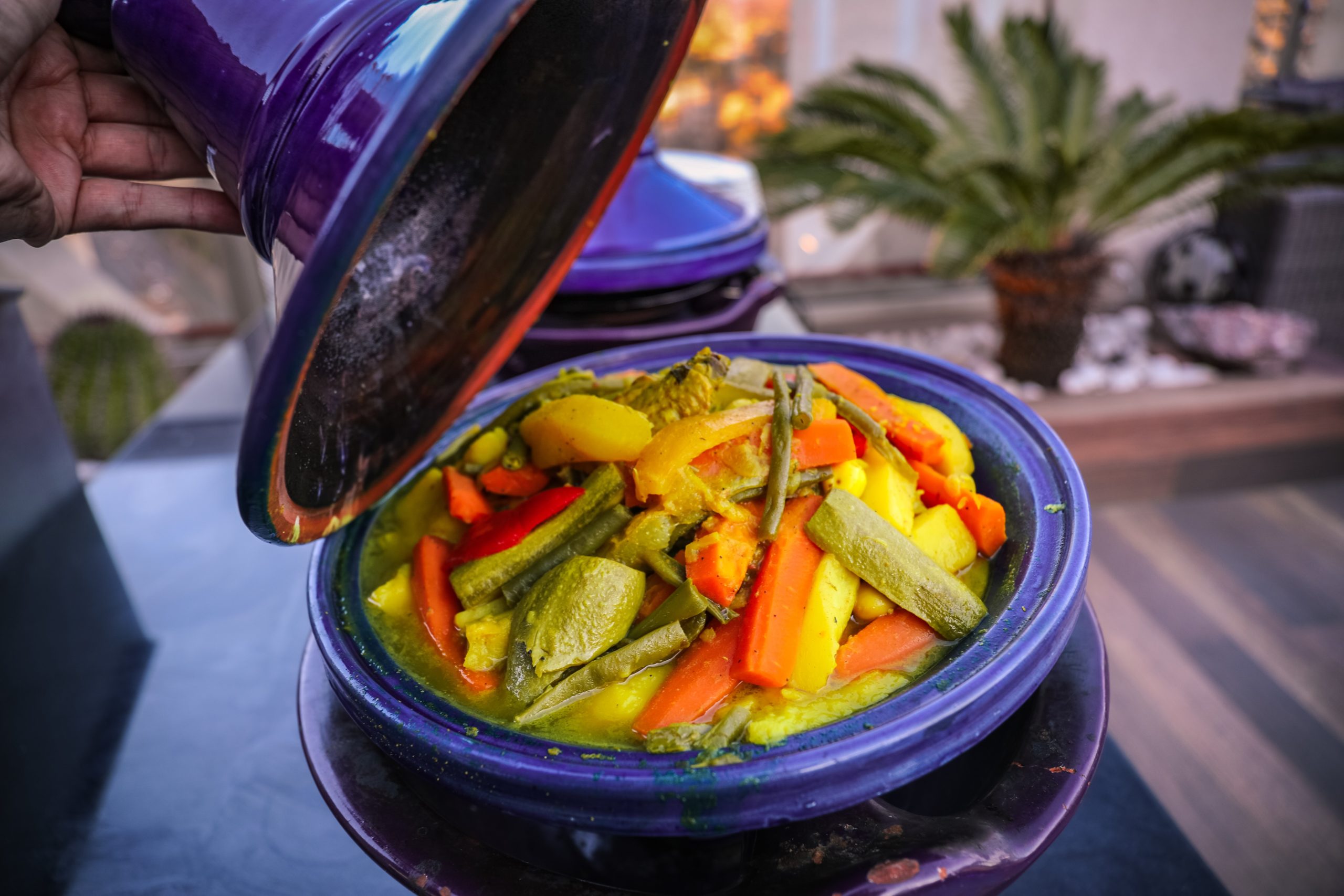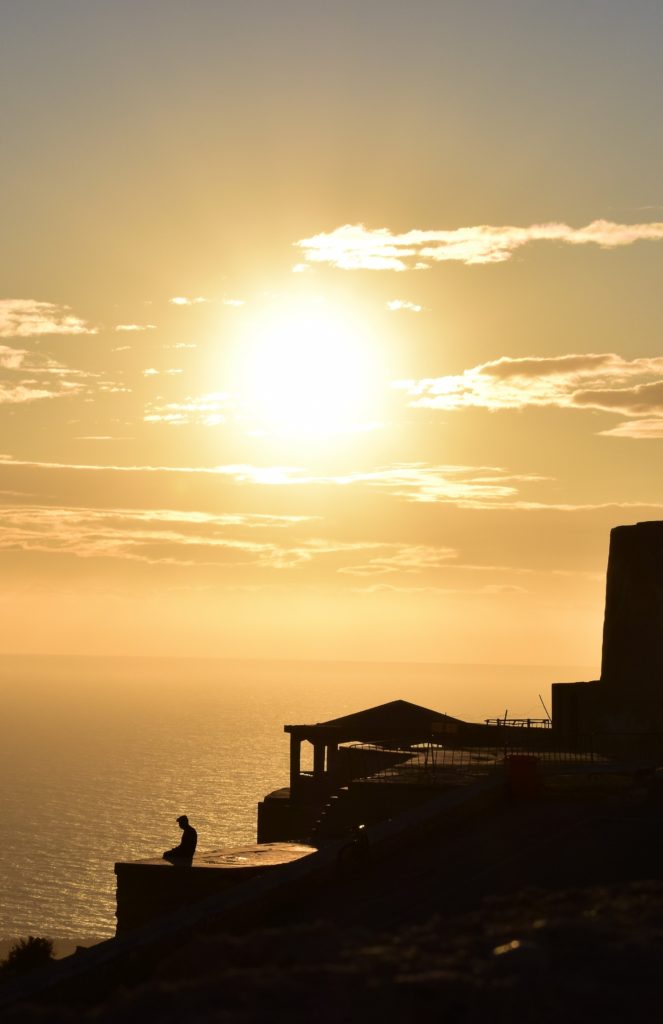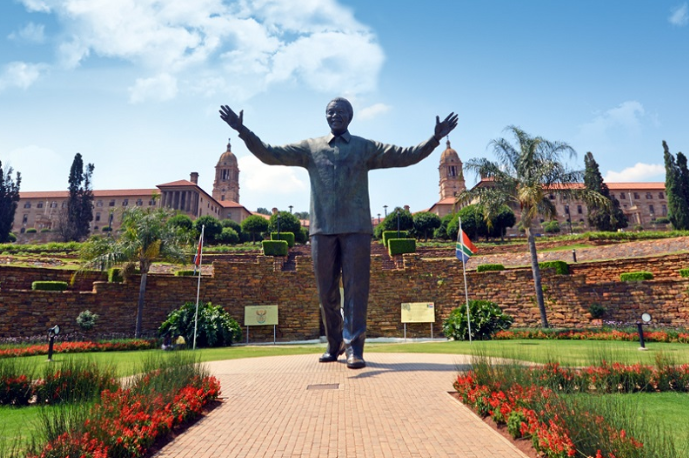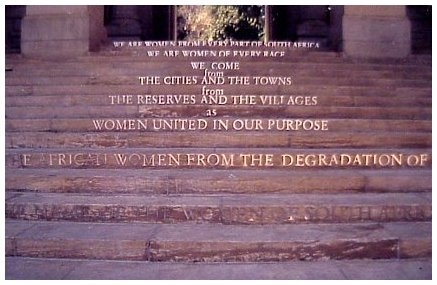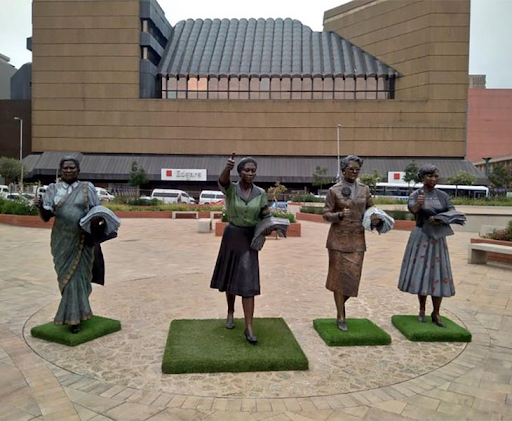South of the Moroccan tourism hub of Marrakesh is the jewel of Southern Morocco, Agadir. Encompassing Agadir and various other small towns, southern Morocco is largely underdeveloped with untapped potential. Morocco has been well-known by French tourists for a long time given its former status as a French colony. What is lesser known is that Agadir and Southern Morocco have an increasing capability to cater to the demands of sustainable tourists. Its location directly below Western Europe means it is only a short flight away for Europeans. With French and English widely spoken, communication is convenient for many travelers.
Key Destinations in Southern Morocco
Curious about where you should travel in Morocco and what you should do to make the biggest impact on your journey? Keep reading:
1. Agadir
The most popular destination in Southern Morocco is certainly Agadir. It rests on the western coast of Morocco, with 10 kilometers of beaches which receive over 300 days of sun per year. It is the perfect location for any beach lover, with easily accessible cafes, restaurants, and nightlife.
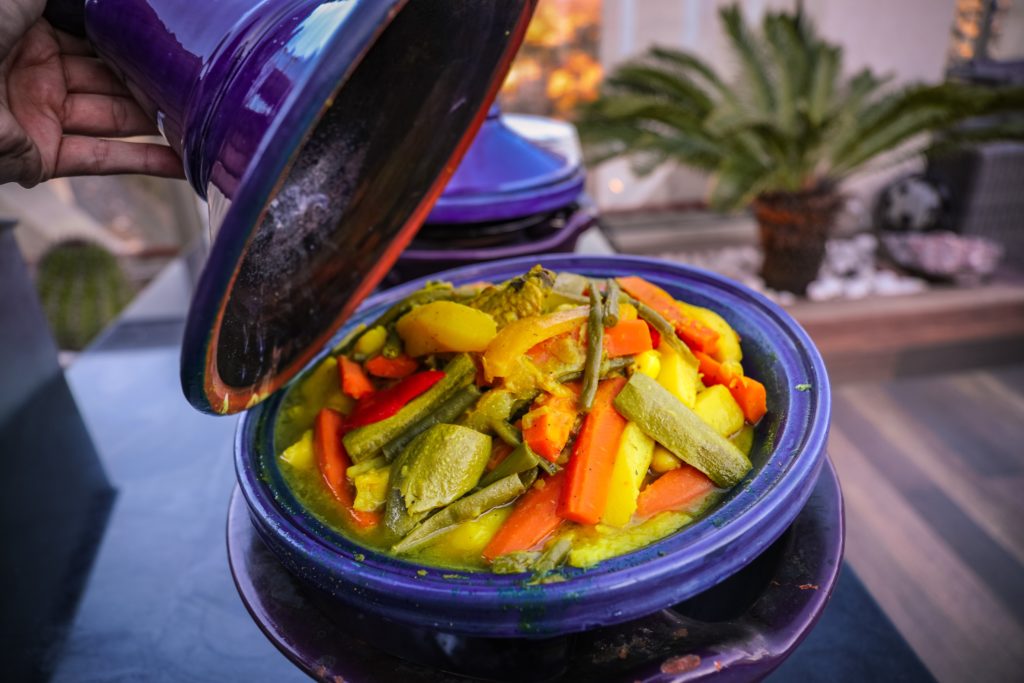
One reason why this city has a path to sustainable tourism is it is extremely walkable. One can spend the morning walking up and down Agadir Beach along the shoreline. If you venture inland to Souk El Had market, you can visit the hundreds of stalls selling unique Moroccan items, like bowls, jewelry, and other handicrafts. A large percentage of these stalls are owned by local Amazigh women, descendants of the pre-Arab people in North Africa.
Souss-Massa National Park is a long stretch of land just south of Agadir, where the terrain ranges from grassland steppes, sand dunes, sandy beaches, to wetlands. This park is the best chance for nature loving travelers to experience the wild side of southern Morocco. The park is home to 250 different species of nesting and migratory birds. The most famous of which is the Bald Ibis, other residents include antelopes, boars and mongooses.
2. Tamraght and Taghazout
Further to the north, about a 25-minute drive, are the surfing towns of Tamraght and Taghazout. These smaller towns do not have resorts like Agadir, but offer quieter accommodation in mini hotels and Moroccan lodges for a more traditional experience. Often accommodations will offer Moroccan dishes for each meal of the day. Or you can visit the local markets for a chance to interact and negotiate your prices with the locals.
These towns have their own beaches and shops without the hustle and bustle of the larger Agadir. Here you can find water sports equipment rentals and guided tours around the area. Located in the shadow of the lesser Atlas Mountains, there are opportunities to hike into the mountains or simply lounge on the beach.
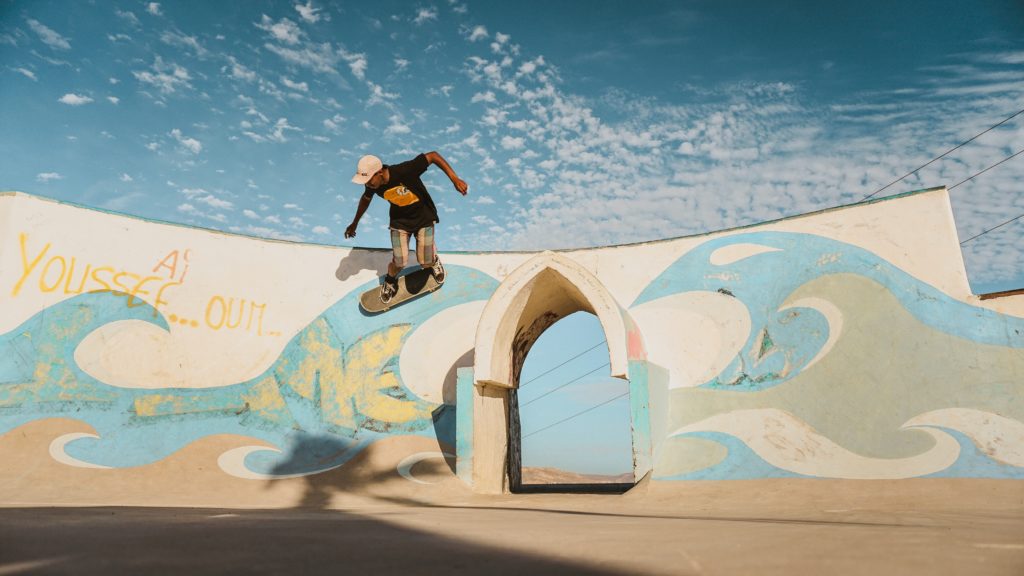
Paradise Valley is a quick day trip. Travelers can grab a minibus from various locations and arrive in a lush valley to swim and relax. Visiting this oasis is like stepping into another world away from the dry, arid Moroccan climate. This valley is also home to one of the oldest and most traditional honey making operations in the world.
3. Sustainable Activities to Enjoy on the Coast
The Southern Moroccan coast is primarily known for its surfing. The beaches along Agadir and the surrounding towns have a variety of different surf spots for all skill levels. Whether you are a beginner trying to experience a new sport or a pro seeking to hone your skills, there is a beach and a wave for you!
Surfing and the other water sports here may be the ultimate sustainable activities. The surfing culture is obsessed with keeping the ocean clean. After all, it is no fun to surf in polluted waters. Solely using the power of the ocean waves limits CO2 emissions and makes one tune in with the ocean’s natural power. Other water activities include sailing, parasailing, and swimming. If you want a break from the water, there are also horseback riding and camel tours where you can experience traditional Moroccan travel.

How can you get to Southern Morocco?
When traveling around Morocco, you have several different options. There are many bus coaches which go up and down the coast. In addition, Morocco has a few different train and rail lines to limit your carbon footprint.
If you are traveling around the city or a shorter distance, there are rental bike stands in the bigger cities. Renting bikes allows you to take in more of the sights for a cheaper, sustainable experience. If you don’t feel like pedaling yourself, there are taxi bikes available for a small fee.
Solimar’s History of Supporting Sustainable Tourism in North Africa
Solimar International has always been committed to helping developing countries create a better sustainable tourism sector and garner more tourists to visit developing communities. At Solimar, we believe in tourism development that creates a positive experience for local businesses, local people, and the tourists themselves. This should be done without sacrificing the future of the planet.
In the past, Solimar has worked in Morocco. In 2012, we worked to create a series of cultural heritage routes to increase awareness of traditional Moroccan artisans and bolster their income.
Solimar is currently working on a USAID project in Tunisia. The goal of this five year initiative is to develop sustainable tourism in traditionally under-visited areas, bringing economic benefits to local communities and their inhabitants. This is the second project we have worked on in Tunisia – the first was the advancement and development of cultural heritage tours, in conjunction with the Smithsonian.
